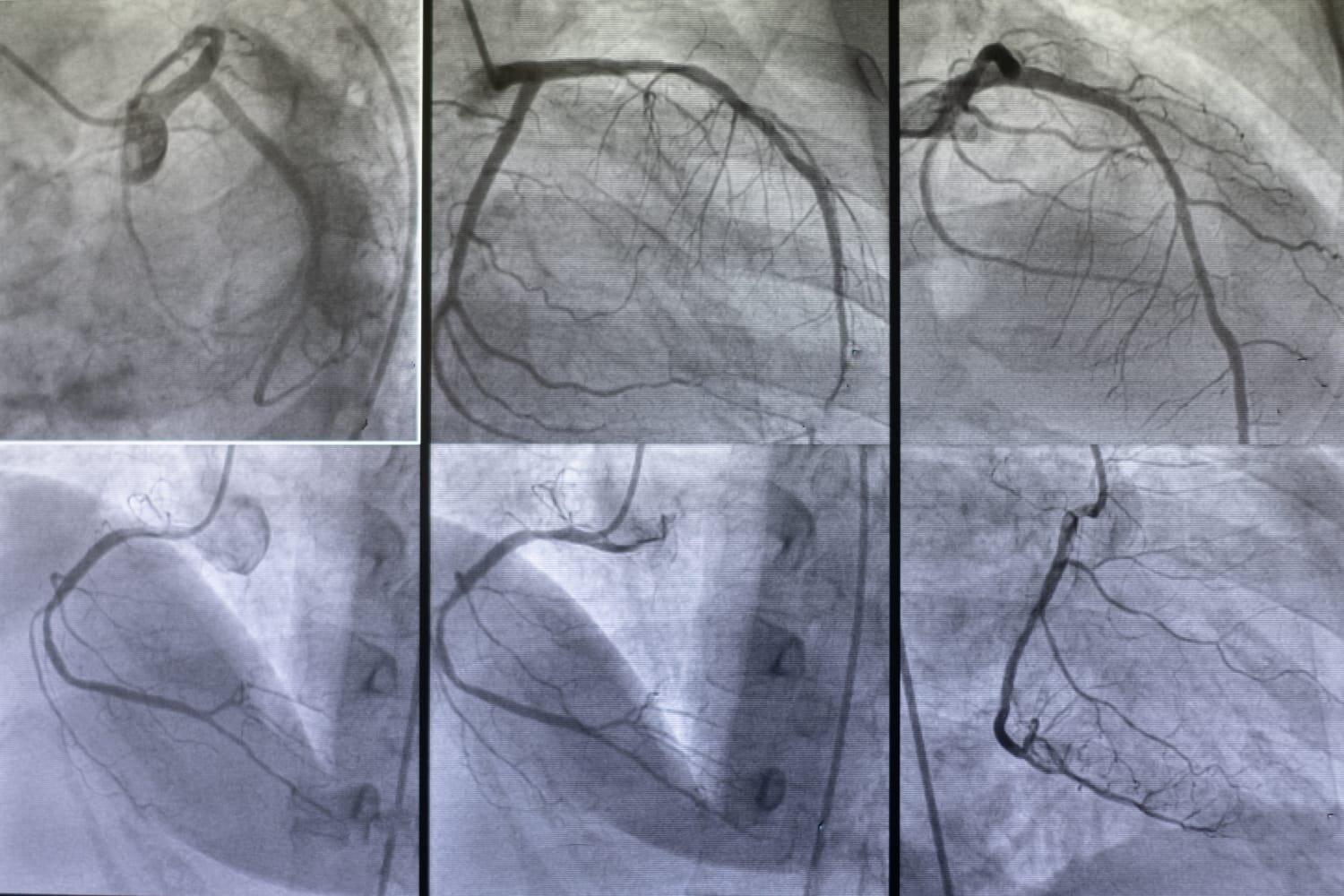Angiography: Understanding the Procedure, Uses, and Benefits
Explore the process, applications, benefits, and potential risks associated with angiography. Find valuable insights to help you understand the importance of this procedure in diagnosing and managing cardiovascular conditions.
Angiography: Understanding the Procedure, Uses, and Benefits
Visualizing Blood Vessels for Accurate Diagnosis
Introduction:
Angiography is a valuable medical imaging procedure used to visualize blood vessels and assess their condition.
By providing detailed images of the cardiovascular system, angiography plays a crucial role in diagnosing various conditions and guiding treatment decisions.
In this blog post, we will delve into the intricacies of angiography, exploring its procedure, uses, benefits, and potential risks.
Understanding angiography will help you comprehend its significance in diagnosing and managing cardiovascular conditions effectively.

What is Angiography?
The Procedure
Angiography involves the use of contrast dye and X-ray imaging to visualize blood vessels in different parts of the body.
A specialized dye is injected into the blood vessels, making them visible on X-ray images. The procedure is typically performed by an interventional radiologist or a cardiologist in a specialized angiography suite.
Depending on the area of interest, various types of angiography are available, including coronary angiography, cerebral angiography, and peripheral angiography.
Applications and Uses
Angiography is primarily used for diagnosing and evaluating conditions related to the blood vessels and cardiovascular system. It helps in identifying blockages, narrowing, aneurysms, and other abnormalities that may affect blood flow. Angiography is commonly employed in the diagnosis and management of coronary artery disease, peripheral artery disease, stroke, and vascular malformations. It assists healthcare professionals in determining the most appropriate treatment approach for each individual patient.
Benefits and Risks of Angiography
Angiography offers several benefits in the field of cardiovascular medicine. By providing detailed and real-time images of blood vessels, it enables accurate diagnosis and evaluation of conditions. This, in turn, facilitates precise treatment planning and intervention. Angiography also helps in assessing the effectiveness of previous interventions, monitoring disease progression, and guiding further management decisions. The procedure is minimally invasive and typically results in minimal discomfort for the patient.
Risks
While angiography is generally considered safe, there are certain risks associated with the procedure. The use of contrast dye may cause allergic reactions in some individuals, although this is rare. There is also a small risk of complications at the site of catheter insertion, such as bleeding or infection. Additionally, radiation exposure from X-ray imaging should be considered, although the doses used in angiography are generally low and well within safe limits. Healthcare professionals take necessary precautions to minimize these risks and ensure patient safety.
Advancing Cardiovascular Diagnosis and Treatment with Angiography
Angiography plays a vital role in diagnosing and managing various cardiovascular conditions. By providing detailed images of blood vessels, it helps healthcare professionals accurately assess the condition and determine the most suitable treatment approach.
The procedure offers numerous benefits, including precise diagnosis, effective treatment planning, and monitoring disease progression. Although there are potential risks associated with angiography, they are typically minimal and outweighed by the benefits in most cases.
As medical technology continues to advance, angiography remains an essential tool in improving patient outcomes in the field of cardiovascular medicine.
We are associated with experienced and highly skilled medical professionals. We use the latest medical technology available in the world and we provide medical services in collaboration with JCI & NABH Certified hospitals only. Our services include various types of treatment and organ restructuring and transplant.
